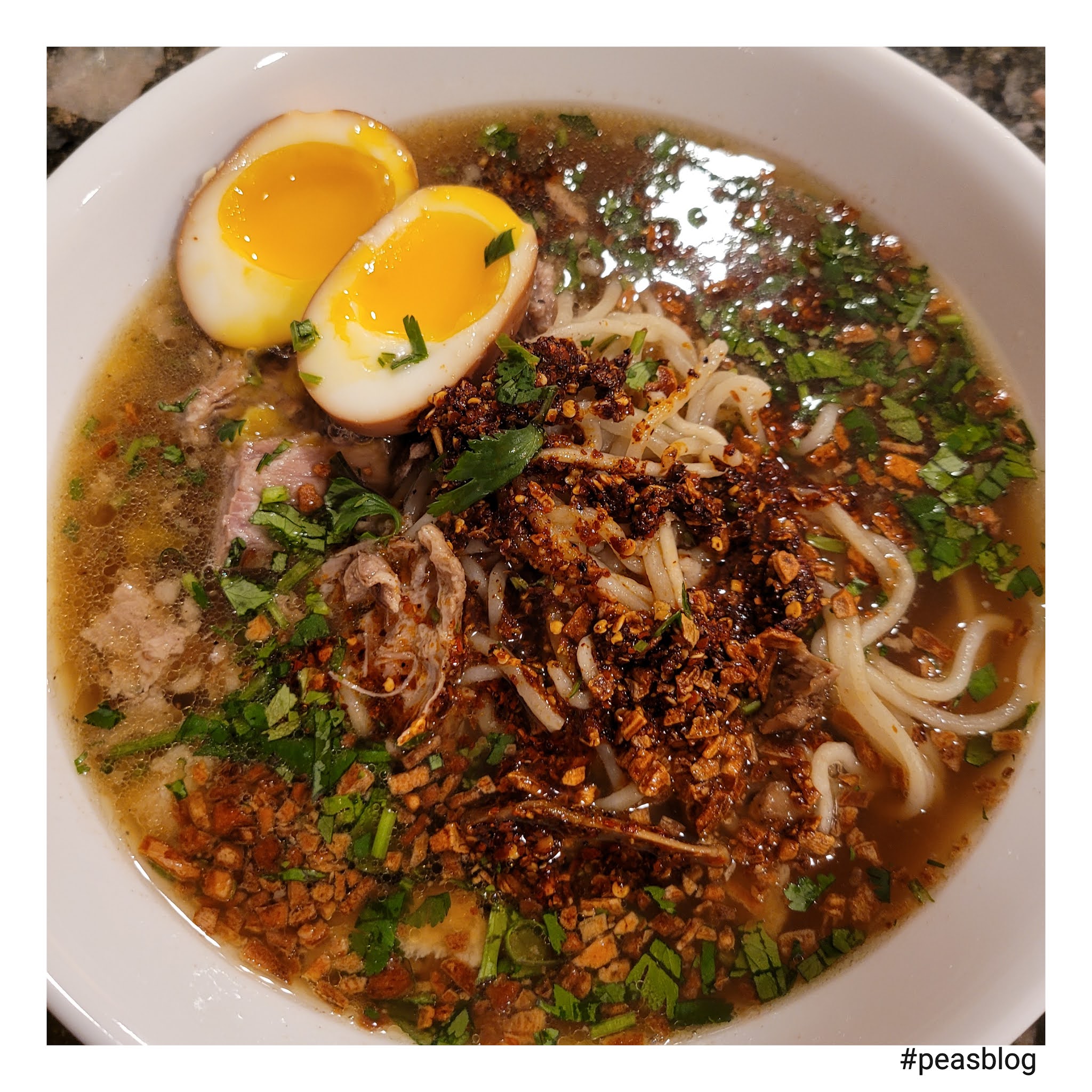Understanding Ramen Noodle Infection: Causes, Symptoms, And Prevention
Ramen noodle infection has become a growing concern among food enthusiasts and health experts alike. As the popularity of instant ramen noodles soars, so does the risk of foodborne illnesses associated with improper handling and preparation. This article delves into the intricacies of ramen noodle infections, exploring their causes, symptoms, and effective prevention strategies. Our aim is to equip readers with the knowledge needed to enjoy their favorite noodle dishes safely.
In recent years, numerous reports have highlighted cases of ramen noodle infections, prompting a closer look at food safety practices in the kitchen. Various factors contribute to these infections, including contamination during manufacturing, improper storage, and inadequate cooking methods. Understanding these elements is crucial for anyone who enjoys the convenience of ramen noodles.
This comprehensive guide will serve as a valuable resource for those looking to enhance their food safety knowledge and minimize the risk of ramen noodle infections. By the end of this article, you will be better prepared to handle and consume ramen noodles safely, ensuring a delicious and risk-free dining experience.
Table of Contents
- What is Ramen Noodle Infection?
- Causes of Ramen Noodle Infection
- Symptoms of Ramen Noodle Infection
- Diagnosis and Treatment
- Prevention Tips
- Ramen Noodle Safety Tips
- When to Seek Medical Help
- Conclusion
What is Ramen Noodle Infection?
Ramen noodle infection refers to foodborne illnesses that can occur after consuming contaminated ramen noodles. These infections are typically caused by bacteria, viruses, or parasites that can thrive in improperly stored or cooked noodles. Common pathogens associated with ramen noodle infections include Salmonella, E. coli, and Listeria.
Instant ramen noodles, a popular convenience food, are often associated with safety concerns due to their long shelf life and ease of preparation. While the noodles themselves may not be the primary source of infection, the accompanying seasonings, toppings, and improper handling can introduce harmful microorganisms.
Types of Pathogens
- Salmonella: A bacteria commonly found in raw eggs and poultry, which can contaminate ramen through improper food handling.
- E. coli: A harmful bacteria that can cause severe gastrointestinal illness, often linked to contaminated water or food.
- Listeria: A bacteria that can lead to serious infections, particularly in pregnant women, newborns, and those with weakened immune systems.
Causes of Ramen Noodle Infection
Understanding the causes of ramen noodle infections is crucial for prevention. Here are some common factors that contribute to these infections:
1. Contamination during Manufacturing
Ramen noodles can become contaminated at any stage of production, from raw ingredient sourcing to packaging. Poor hygiene practices in factories can lead to bacterial growth, posing a risk to consumers.
2. Improper Storage
Instant ramen noodles should be stored in a cool, dry place to prevent moisture buildup, which can lead to mold growth. Additionally, once opened, they should be consumed promptly to minimize contamination risks.
3. Inadequate Cooking
Cooking ramen noodles properly is essential to kill any harmful pathogens. Undercooking or consuming them raw can increase the likelihood of infection.
4. Cross-Contamination
Using utensils or cutting boards that have come into contact with raw meats or unwashed vegetables can transfer harmful bacteria to cooked ramen noodles.
Symptoms of Ramen Noodle Infection
The symptoms of a ramen noodle infection can vary depending on the pathogen involved, but common signs include:
- Nausea
- Vomiting
- Diarrhea
- Abdominal cramps
- Fever
Symptoms typically appear within hours to a few days after consuming contaminated noodles. While most infections resolve on their own, some cases can lead to severe complications, especially in vulnerable populations.
Diagnosis and Treatment
If you suspect a ramen noodle infection, seeking medical attention promptly is important. Healthcare providers may perform a physical examination and order laboratory tests to identify the specific pathogen responsible for your symptoms.
1. Diagnostic Tests
- Stool tests to identify bacteria or other pathogens.
- Blood tests to check for dehydration or other complications.
2. Treatment Options
Treatment for a ramen noodle infection typically focuses on relieving symptoms and preventing dehydration:
- Staying hydrated by drinking plenty of fluids.
- Over-the-counter medications to alleviate symptoms such as nausea and diarrhea.
- In severe cases, hospitalization may be necessary for intravenous fluids.
Prevention Tips
Preventing ramen noodle infections is crucial for safe consumption. Here are some effective strategies:
- Always wash hands thoroughly before handling food.
- Store ramen noodles in a cool, dry place away from humidity.
- Cook noodles according to package instructions, ensuring they are heated thoroughly.
- Avoid cross-contamination by using separate utensils for raw and cooked foods.
Ramen Noodle Safety Tips
To further ensure the safety of your ramen noodle dishes, consider these additional tips:
- Check for any signs of spoilage before using instant ramen noodles.
- Avoid adding raw ingredients, such as eggs or meat, directly to the noodles without proper cooking.
- Store leftover ramen in an airtight container and refrigerate promptly.
When to Seek Medical Help
It is essential to seek medical attention if you experience severe symptoms or if symptoms persist for more than a couple of days. Additionally, vulnerable populations, such as the elderly, pregnant women, and individuals with compromised immune systems, should seek medical help promptly if they suspect an infection.
Conclusion
In summary, understanding ramen noodle infection is vital for anyone who enjoys this beloved dish. By recognizing the causes, symptoms, and preventive measures, consumers can significantly reduce the risk of foodborne illnesses associated with ramen noodles. Remember to practice safe food handling and cooking techniques, and don’t hesitate to seek medical help if you experience concerning symptoms. Share this article with friends and family to help raise awareness about ramen noodle safety!
We invite you to leave comments or share your experiences related to ramen noodle infections. Your feedback is invaluable in helping others stay informed and safe!
Desiree Garcia: A Journey Through Her Life And Career
What Does Blake Fielder-Civil Do For A Living?
CDC Recalls Ramen Noodles: What You Need To Know


